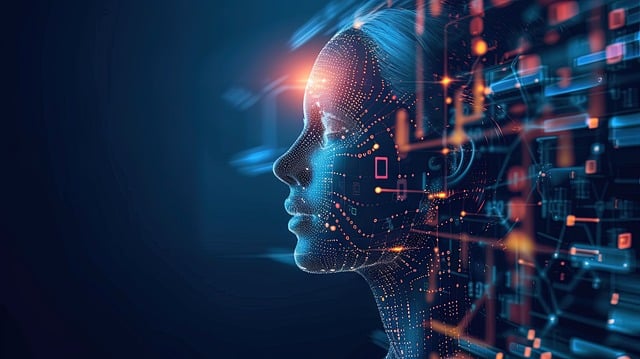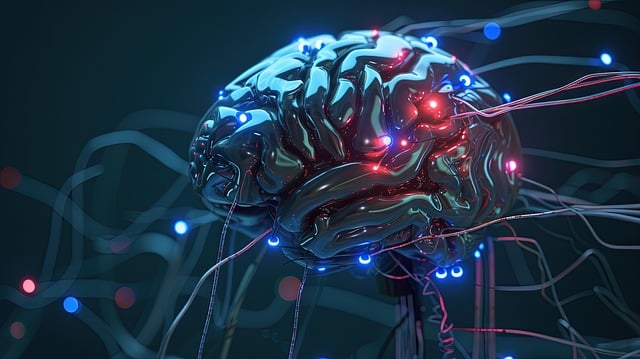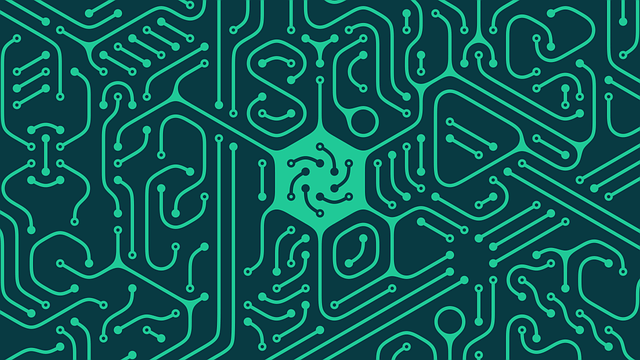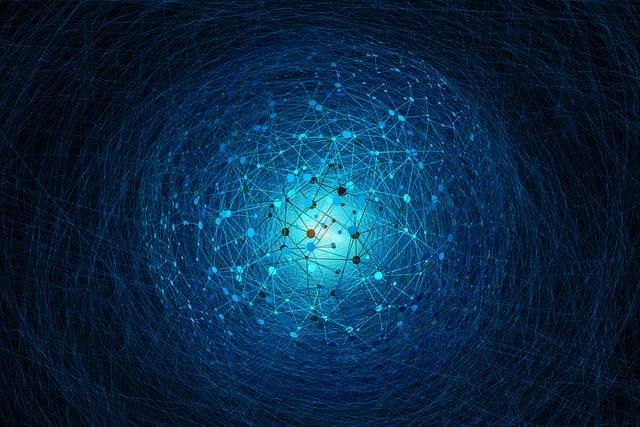Recurrent Neural Networks (RNNs) are a class of artificial neural networks designed to recognize patterns in sequences of data, such as time series, speech, text, and more. Unlike traditional feedforward neural networks, RNNs have connections that form directed cycles, allowing them to maintain a ‘memory’ of previous inputs. This makes them particularly powerful for tasks where context and order are crucial. From language translation to stock market prediction, RNNs have become a cornerstone in the field of deep learning.
Understanding the Power of RNNs
Recurrent Neural Networks are revolutionizing how machines understand sequential data. Their unique architecture enables them to process inputs of varying lengths and capture dependencies over time. Let’s dive deeper into how they work and explore their wide-ranging applications.
How Recurrent Neural Networks Work
RNNs operate by processing sequences one element at a time while maintaining a hidden state that carries information from previous steps. This hidden state acts as a memory, allowing the network to retain context and make predictions based on past inputs. For example, in a sentence, the meaning of a word often depends on the words that came before it. RNNs excel at capturing these dependencies.
The key to RNNs is their recurrent connection, which feeds the hidden state from the previous time step back into the network. This creates a loop, enabling the network to learn from sequences of arbitrary length. However, traditional RNNs face challenges like vanishing gradients, which make it difficult to learn long-term dependencies. To address this, advanced variants like Long Short-Term Memory (LSTM) and Gated Recurrent Units (GRUs) were developed, offering improved performance for complex tasks.
Applications of Recurrent Neural Networks
RNNs have found applications in a wide range of fields due to their ability to handle sequential data. One of the most prominent uses is in natural language processing (NLP). RNNs power language models, machine translation, and sentiment analysis by understanding the context and structure of text. For instance, they enable chatbots to generate human-like responses and help translate languages with high accuracy.
Another significant application is in time series forecasting. RNNs analyze historical data to predict future trends, making them invaluable in finance, weather prediction, and energy consumption planning. They are also used in speech recognition systems, where they convert audio signals into text by understanding the temporal patterns in speech.
Challenges and Limitations of RNNs
Despite their strengths, RNNs are not without limitations. One major issue is computational complexity. Training RNNs can be resource-intensive, especially for long sequences. Additionally, traditional RNNs struggle with capturing long-term dependencies due to the vanishing gradient problem. While LSTMs and GRUs mitigate this issue, they still require careful tuning and large amounts of data to perform well.
Another challenge is interpretability. The internal workings of RNNs can be difficult to understand, making it hard to diagnose errors or improve performance. Researchers are actively working on techniques to make RNNs more transparent and efficient, ensuring they remain a valuable tool in the AI toolkit.
Future of Recurrent Neural Networks
The future of RNNs looks promising, with ongoing research focused on improving their efficiency and scalability. Hybrid models that combine RNNs with other architectures, such as convolutional neural networks (CNNs), are gaining traction. These models leverage the strengths of both approaches, enabling more robust solutions for complex tasks.
Moreover, advancements in hardware, such as GPUs and TPUs, are making it easier to train large RNN models. As the field of AI continues to evolve, RNNs will likely play a crucial role in solving some of the most challenging problems in sequential data analysis.
Conclusion
Recurrent Neural Networks have transformed the way we approach sequential data, offering powerful tools for tasks ranging from language processing to time series forecasting. While they come with challenges, their ability to capture temporal dependencies makes them indispensable in the world of AI. As research progresses, we can expect RNNs to become even more efficient and versatile, paving the way for innovative applications across industries.






